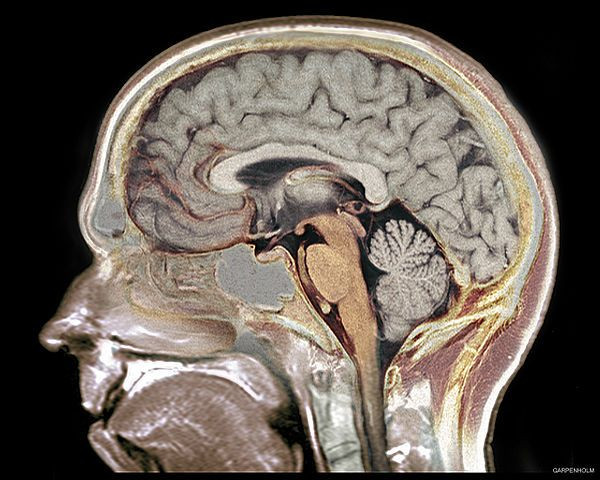Brain Stimulation Governs Our Willingness To Obey Social Norms: The Science Behind Why You're A Nonconformist

Transcranial direct current stimulation is a technique that allows scientists to increase or decrease neural activity in specific brain regions by sending weak and painless electric impulses through the skull. In a recent study published in Science, researchers from the University of Zurich used this stimulation technique to provide evidence that the right lateral prefrontal cortex is involved in our compliance with social norms.
“Our findings show that a socially and evolutionarily important aspect of human behavior depends on a specific neural mechanism that can be both up- and down-regulated with brain stimulation,” Christian Ruff, professor of neuroeconomics and decision neuroscience at the University of Zurich, stated in a press release.
Choosing To Be Fair... Or Selfish
Neuroeconomics combines methods and theories from neuroscience, psychology, economics, and computer science to investigate decision-making behavior. For years, neuroscientists have been mapping not only the biological functions of the brain, but also the neurological mechanisms underlying emotions, behavior, and conscience. Until now, though, the parts of the brain involved in compliance to social norms have been poorly understood. To investigate this realm of conformity, a team of neuroeconomists developed a set of experiments designed around accepted notions of fairness.
The experiment involved 63 participants who first received money and then had to decide how much of it they would share with an anonymous partner. Anyone with a social sense understands that ‘it would only be fair’ to evenly split the money between both players. However, self-interest might influence participants to behave in an opposite manner, where they give away less money than they keep. In another experiment, the participants faced the very same situation and decision, but in this instance they knew that they could be punished by the partner if they proceeded unfairly.
Throughout both experiments, the scientists used transcranial direct current stimulation to increase or decrease neural activity in the right lateral prefrontal cortex. In this way, they might learn how that specific area of the brain affected the behavior of participants, as past experiments and brain imaging exercises have already shown the prefrontal cortex to be involved in decision-making as well as moderation of social behavior.
Behavior, Not Perception, Influenced
"We discovered that the decision to follow the fairness norm, whether voluntarily or under threat of sanctions, can be directly influenced by neural stimulation in the prefrontal cortex," Ruff stated in a press release.
When the researchers increased neural activity in the prefrontal cortex, the participants complied with the fairness norm more strongly when threatened with punishment, but less strongly when it was simply voluntary. Conversely, when the researchers decreased neural activity, participants complied with the fairness norm more strongly on a voluntary basis and less strongly when threatened with punishment.
Oddly, the researchers found that although neural stimulation influenced the participants' behavior, it did not affect their perception of the fairness norm. It also did not change their expectations about whether they would be punished for violating the norm or how much they might be punished.
“We found that the brain mechanism responsible for compliance with social norms is separate from the processes that represent one's knowledge and beliefs about the social norm,” Ernst Fehr, chairman of the economics department at the University of Zurich, stated in a press release. “This could have important implications for the legal system as the ability to distinguish between right and wrong may not be sufficient for the ability to comply with social norms.”
Source: Ruff CC, Ugazio G, Fehr E. Changing Social Norm Compliance With Noninvasive Brain Stimulation. Science. 2013.
Published by Medicaldaily.com



























